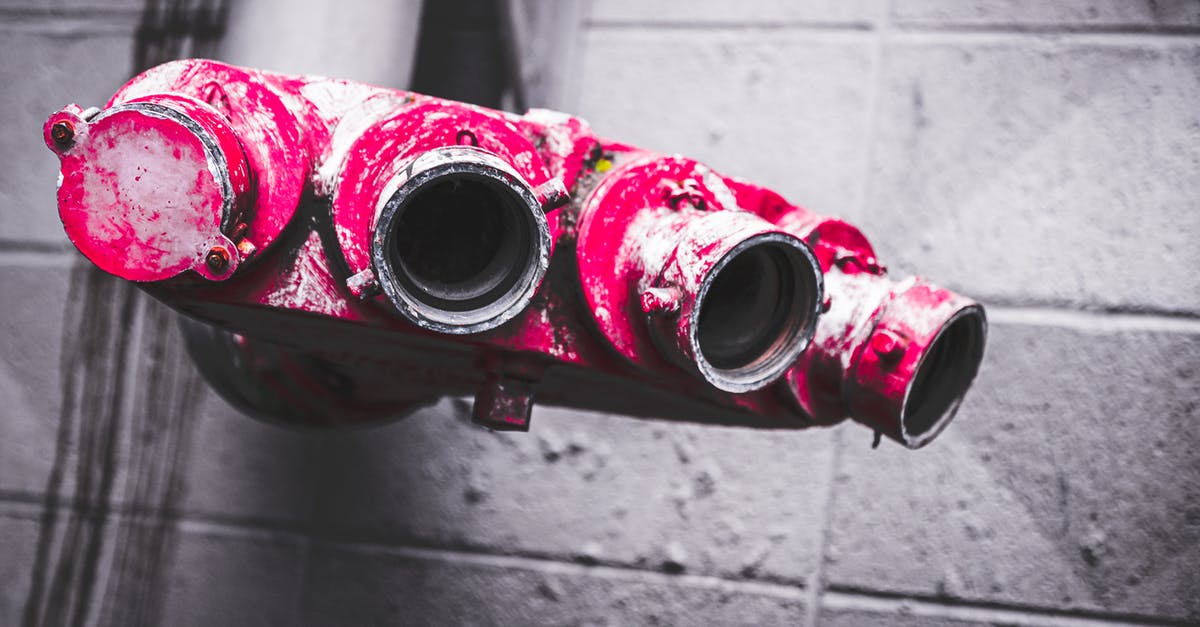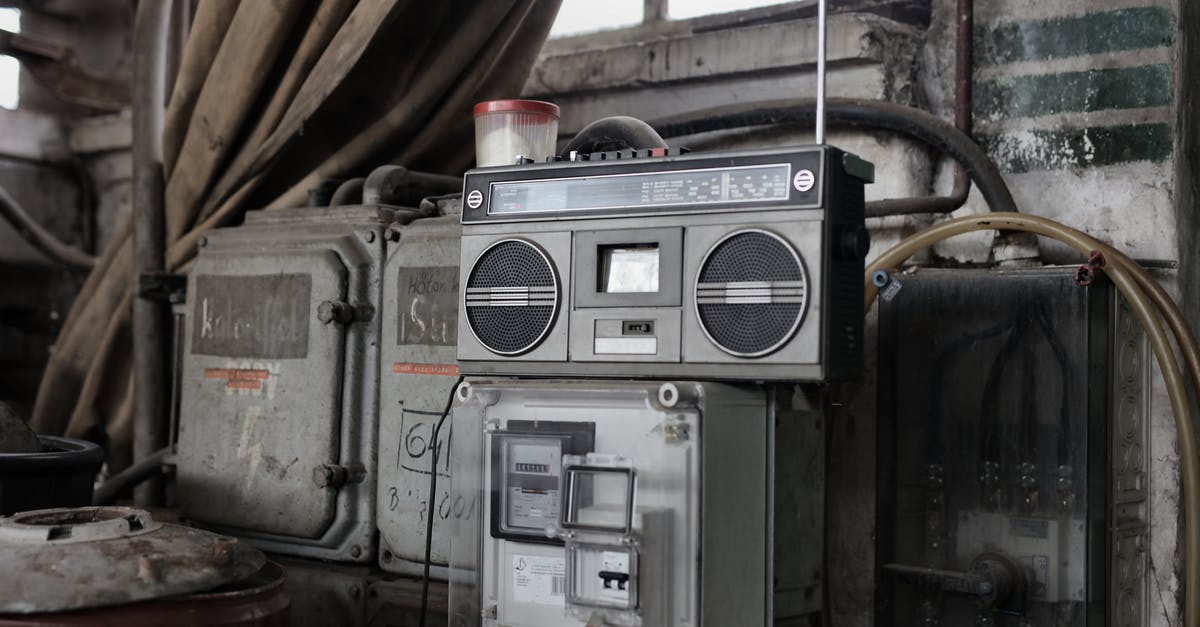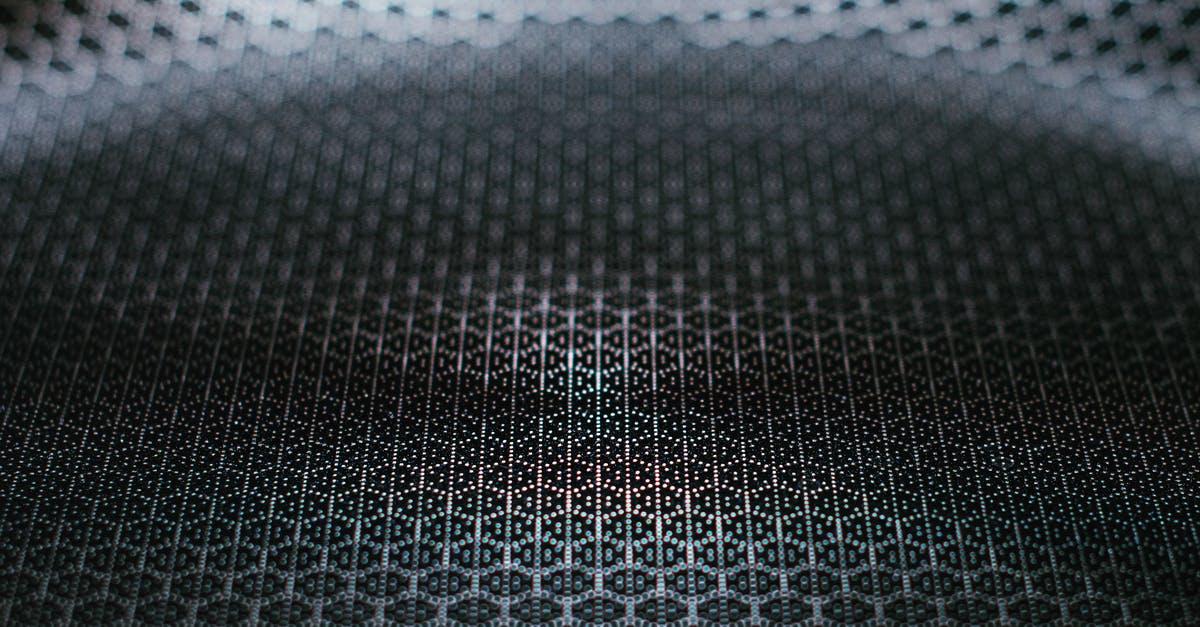Preventing flash rust after tempering a carbon steel wok

After just 2 days of using my new carbon steel wok pan, I noticed something suspicious inside it:
Looking back on it, it was probably just burnt oil and nothing to worry about. However, I mistook it for rust, and began my arduous journey to get rid of it. (Let me know what you think it was and what to think of it in the future, please)
First I scoured the spots with water and plastic scouring wool, then added some dishwashing liquid and continued the process, but it had practically no effect on the spots even after tens of minutes of work. Eventually I just chose to nuke the pan and start the seasoning process all over again.
I decided to try soaking the pan in acid and filled it up with water, adding some grams of citric acid into the mix. After some 20 minutes of waiting and haphazard scrubbing, the inside of the pan looked shiny enough for me even though there were still some bits of crud left. I removed the acidic solution and, just to be safe, filled the pan with water and some grams of baking soda in order to neutralize the acid. (Looking back, I do not think this was enough)
After that, following the guidance of numerous internet guides (e.g. 1, 2), I wanted to temper the wok again. I assumed that the protective oxide layer formed while bluing the pan for the first time had been erased along with the rest of the seasoning.
However, after I had blued the pan and waited a couple of minutes for it to cool down, a horrible sight awaited me:
I am almost certain that this was rust—the infamous flash rust.
I was petrified. Too demotivated to start the process all over again, I tried to season the pan, hoping that the "rust" was just a harmless byproduct of the bluing process. (Though I had not seen it when tempering the pan earlier)
This ended just about as well as anyone could expect:
I had clearly botched the seasoning. In hindsight, I think I may have tried to polymerize the thin coat of rapeseed oil over heat too high.
Thus, my main problem is as follows: how do I prevent flash rust from appearing after tempering the pan? I quite clearly cannot just rub oil on it to protect it while it's at 350 degrees celsius (≈660°F)... Do I just have to cool it down really quickly with water? Also, what caused it? Acid residue?
In general, how should I proceed? Can I, or should I, even repeat the bluing process again while reseasoning the pan? How acidic should the initial nuking solution be; is more acid better, or less?
Best Answer
Your first picture might be the beginnings of a seasoning layer, though a bit lumpy & uneven from poor technique.
"it was probably just burnt oil and nothing to worry about" - yeah… but that's what you actually want. That's the seasoning, or the very beginnings of it.
In the later photos, I see no evidence of any seasoning remaining… nor, in fact much blueing. Personally, I think the blueing* is a waste of time so long as you make sure to get rid of any industrial oil from the surface before you season it. I'm sure the thrashing you've given it will have done that. What's left is an unseasoned pan that will rust if you so much as look at it askance.
It's the seasoning that prevents rust. You can scour it all you like, but until you get a proper polymer coat on there it will just keep rusting again. Seasoning is not oil - it's what oil turns into after heating to a high temperature for a long time, almost a plastic; a polymerised coating. The first layer or two will look yellowish to brownish [but not red like rust]. The more layers you get on it, the further towards black it will go. Many very, very thin layers are far better than one thick layer, which will just peel or chip off.
Neither of those links gives me much confidence, tbh. Try What's the best way to season a cast iron skillet? instead, & just do it upside down in the oven, 5 or 6 times… once you've got the rust off again.
*heating mild steel until it goes blue isn't really 'blueing', which is a chemical process, it's case-hardening - similar to what a swordsmith would do. It has two purposes, to harden & to resist rusting. Unless done properly it actually achieves neither.
By far the best way to protect an iron pan or wok is to season it. Do it properly, use it often & you'll never need to do it again.
Pictures about "Preventing flash rust after tempering a carbon steel wok"



Quick Answer about "Preventing flash rust after tempering a carbon steel wok"
A more reliable way to season any iron pan is to heat it to 500F/250C (or slightly hotter) and then rub it with oil on a paper towel or cloth rag. You're going for a very thin coat, like 0.1mm, the thinnest coat you can get. Then you let it cool, then heat it up and do it again 2-3 times.How do I keep my carbon steel wok from rusting?
To prevent your wok from rusting after use: Do not scour it with any kind of an abrasive material after cooking; simply wipe it out with a paper towel, then wash in warm, soapy water and dry very well. Some cooks oil a dried pan after each use, using paper towels to rub in a small amount of oil.Will a carbon steel wok rust?
One of the best woks you can purchase is made from carbon steel. Carbon steel conducts heat better and is less expensive than stainless steel. The downside is that carbon steel rusts very easily, but rust can easily be removed with salt and vegetable oil. Easily remove rust from your wok with salt and vegetable oil.Why is my new wok rusting?
After any thorough washing (or if you don't use your wok every day), it is best to add a bit of vegetable oil to your wok after it has dried out. If you do see some rust form the next time you use it, it is likely that it was not completely dried or you may not have used enough oil.Do you need to season a pre seasoned carbon steel wok?
After getting your pre-seasoned wok in the mail, you still need to season it! You do this by warming your ware while it is coated in oil repeatedly until it forms a patina layer with a nonstick quality and full-bodied flavor.No More Flash Rust
Sources: Stack Exchange - This article follows the attribution requirements of Stack Exchange and is licensed under CC BY-SA 3.0.
Images: Brett Sayles, Andrea Piacquadio, SHOCKPhoto by Szoka Sebastian, Tim Mossholder



